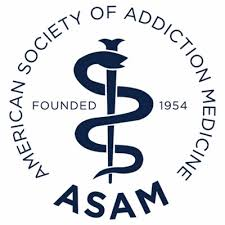By Paul Earley, MD and Yngvild Olsen, MD, MPH
Words matter. When it comes to addiction medicine, stigmatizing language and misunderstood terminology may keep some people from seeking effective care, leave families poorly equipped to support their loved ones, and drive policymakers to make counterproductive, even harmful, policy.
In 2011, the American Society of Addiction Medicine (ASAM) — the nation’s largest organization representing medical professionals who specialize in addiction prevention and treatment — set out to revise the society’s definition of addiction. This task was not easy given the complexity and stigma surrounding substance use and the term itself. At a time when the public had limited understanding and acceptance of addiction as a chronic brain disease, ASAM’s revised definition focused heavily on brain circuitry.
Over the past decade, however, more families, policymakers, and members of the media have come to understand that addiction is a chronic, treatable brain disease with the possibility of remission and recovery. There is also a growing recognition that evidence-based prevention, mutual and recovery peer support, and harm reduction services can play important roles in the full spectrum of addiction care.
Click here to continue reading

